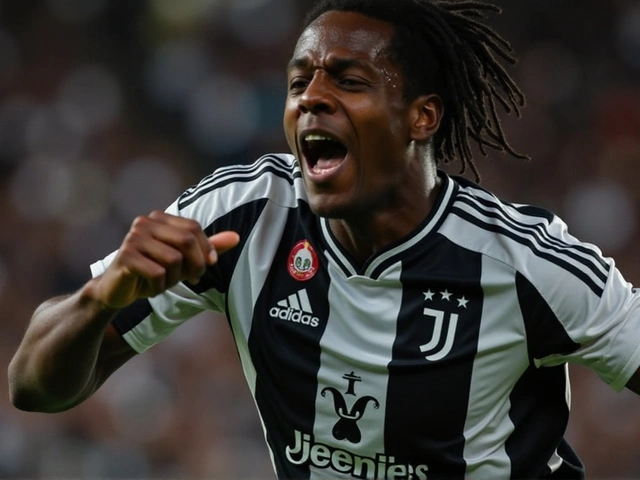1-1 Draw: Understanding the Impact of an Even Scoreline
When talking about a 1-1 draw, a match that finishes with each side scoring one goal. Also known as even scoreline, it often leaves supporters split and can swing league points dramatically, you’re looking at a result that sits right in the middle of victory and defeat. A 1-1 draw isn’t just a statistic; it’s a story of balance, missed chances, and tactical adjustments that shape a season.
In football, the world’s most watched sport, a 1-1 outcome is the perfect illustration of two teams matching each other’s intensity. It tells you that defenses held strong enough to limit goals, while attacks managed to break through just once. Fans often debate whether a draw feels like a loss or a win, but the reality is that both sides earn a point, and that point can be the difference between promotion, playoff spots, or relegation.
Switching to soccer, the term used in many regions for the same game, the same logic applies. A 1-1 draw in Major League Soccer, the Premier League, or the African Cup of Nations reflects a tactical stalemate. Coaches will point to the result to highlight defensive discipline or to criticize missed opportunities. Players often remember who scored the crucial goal—their own name on the scoresheet or the opponent’s—because that single moment can define the match narrative.
The 1-1 draw also directly influences league points, the system that ranks teams over a season. One point might seem small, but over a 38‑game campaign it adds up. A team that turns a handful of potential losses into draws can climb several positions in the table. Conversely, a side that turns draws into wins gains a valuable two‑point boost per match. That’s why managers obsess over converting a one‑goal tie into a win by tweaking set‑pieces or making a late substitution.
From a fan’s perspective, a 1-1 draw fuels debate on social media, podcasts, and around the kitchen table. Some argue a draw is a fair reward for a hard‑fought game; others feel it’s a missed chance to claim three points. The conversation often shifts to player performance: Who missed the open‑goal chance? Which defender made the crucial tackle? Those questions turn a simple result into a deeper analysis of skill, strategy, and luck.
Statistically, 1-1 draws sit near the median of common scorelines in professional leagues. Data from the last five seasons in Europe shows that roughly 11% of matches end 1-1, making it a familiar yet intriguing outcome. Analysts use that figure to predict betting odds, forecast league trajectories, and even guide fantasy football picks. Knowing how often a 1-1 result appears helps clubs set realistic season goals and allocate resources for squad depth.
If you’re a coach, a 1-1 draw offers a clear template for improvement. Review the match video: identify the moment when the opponent’s goal came, assess defensive positioning, and decide whether a more aggressive press could have prevented it. Then, look at your own goal—was it a set‑piece, a counter‑attack, or a defensive error? This dual‑lens approach transforms a seemingly bland result into a roadmap for future victories.
What to Expect in the Collection Below
The articles that follow dive into real examples of 1-1 draws across different competitions—whether it’s an English derby breaking a 16‑year drought, a South African rugby match shaping a championship race, or a thrilling cup final decided on penalties after a goalless first half. Each piece breaks down the key moments, tactical choices, and broader implications, giving you a practical sense of how an even scoreline can tip the balance in any sport.

Dortmund and Leipzig Share Points in 1-1 Bundesliga Showdown
Dortmund and Leipzig drew 1-1 at Signal Iduna Park, keeping the Bundesliga title race tight as both aim to challenge Bayern's dominance.
Categories
- Sports (145)
- Politics (22)
- Entertainment (20)
- World (15)
- News (10)
- Lifestyle (8)
- Business (6)
- Technology (3)
- Health (3)
- Environment (2)
Popular Articles



